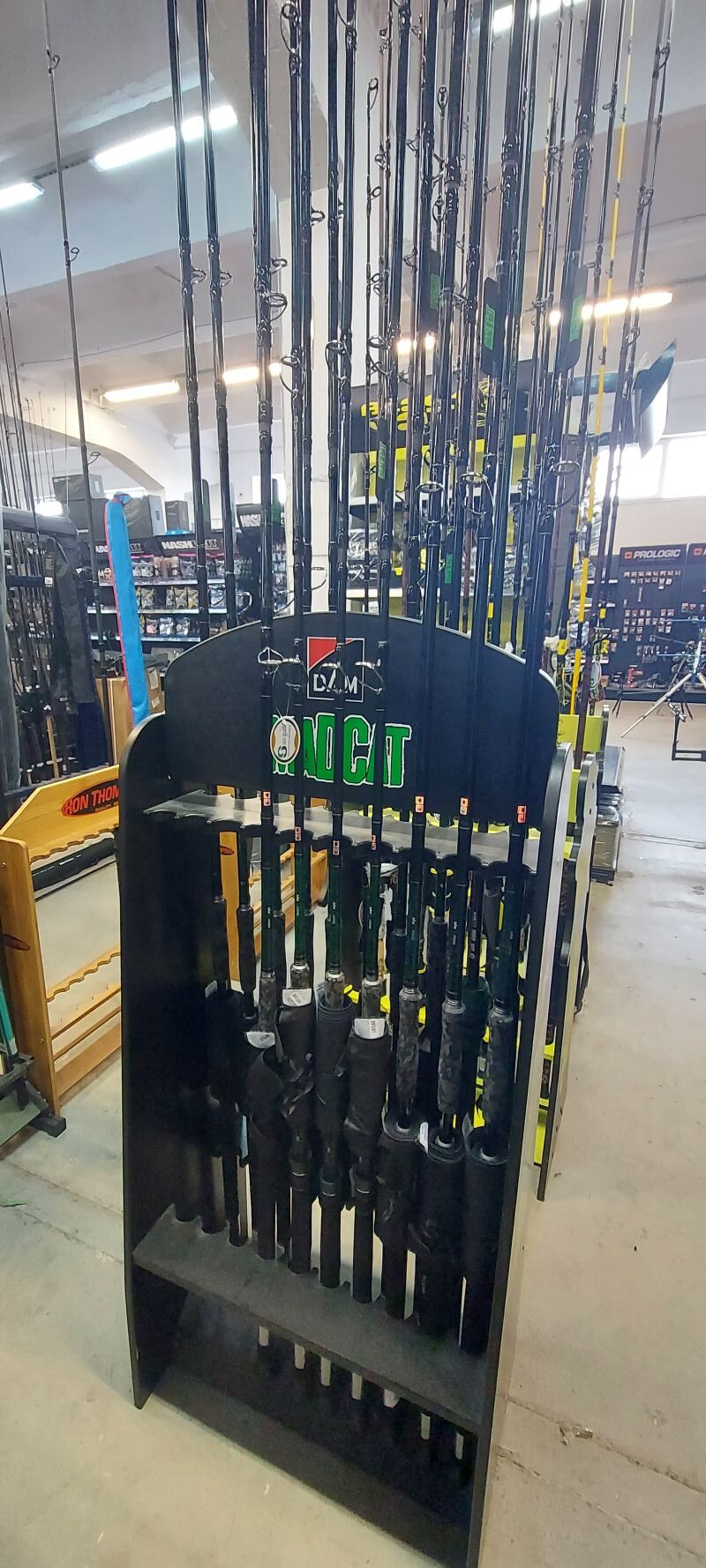The Most Important Types of Fishing Rods – How to Choose the Right Rod for Your Fishing Style
Hello mate! I’m John, an English angler with years of experience fishing across diverse waters throughout the United Kingdom. I’d like to share my knowledge on selecting the perfect fishing rod tailored to your fishing style. Fishing in England has a unique charm and tradition, and choosing the right gear often decides the success on the water.
1. Understanding Different Fishing Styles
First of all, we need to consider what fishing style interests you. Each type of fishing – whether it’s spinning, trolling, coarse fishing, or fly fishing – requires a different rod. As an English angler who frequently fishes on various waters, I’m familiar with the advantages and disadvantages of each type of rod.
2. Spinning Rods
If your goal is to catch predators like pike or zander, or if you enjoy spending time on smaller lakes, a spinning rod might be ideal. It’s versatile gear that works well in both freshwater and saltwater environments.
How to Choose the Right Spinning Rod?
Length and Action: A longer rod (8 to 9 feet) offers greater casting distance, which is useful for open waters. A shorter rod (7 to 8 feet) is better for tight spaces or for precise lure presentations.
Material: Carbon fiber rods are lightweight and durable, perfect for long days on the water.
3. Rods for Coarse Fishing and Feeder Fishing
For those who prefer peaceful fishing on rivers or ponds, a coarse or feeder rod is spot on. As a fan of feeder fishing, I often choose this method because it allows for gentle baiting and precise bite detection.
How to Choose a Coarse/Feeder Rod?
Sensitivity and Flexibility: The rod should have good sensitivity to detect even the slightest bites, while still being strong enough to haul bigger fish from the bottom.
Length: Typical coarse rods range from 15 to 18 feet. A longer rod helps cast bait further and keep the line off the bottom, which is key when fishing for carp and other bottom-dwelling fish.
4. Fly Fishing Rods
Fly fishing is an art of its own – delicate and full of precision. As an angler who often casts his fly into English streams, I can offer some tips on selecting the right fly rod.
How to Choose a Fly Fishing Rod?
Rod Weight/Classification: Depends on the type of fishing. For beginners, a rod in the 5 to 7 weight range is ideal, allowing you to learn the techniques of dry and wet fly casting.
Length and Castability: Standard length is 9 feet (about 2.75 m) for most rivers and streams in England. A longer rod provides greater distance and finesse in presenting the fly.
Reel: Choose a reel that matches the rod length and weight. It should be lightweight yet durable, with a smooth drag system.
5. Other Types of Rods and Their Specificities
Not only spinning, coarse, and fly fishing are popular – here in England, you’ll also encounter trolling rods for catching larger saltwater fish, specialized carp rods, and surfcasting rods for beach fishing. Each type has its unique traits, and choosing the right rod depends on various factors such as water type, fish size, and preferred fishing method.
A Few Tips When Choosing Other Rods:
Trolling: Choose a rod with high durability and flexibility to handle prolonged heavy fighting.
Surfcasting: These rods are longer (up to 15 feet) to allow longer casts from the beach. They are made of robust materials to withstand the marine environment.
6. Personalizing Your Choice
Selecting a rod isn’t just about technical specifications – it’s also about personal preferences and fishing style. When I started fishing, I tried different types of rods to find the perfect one for me. Here are some personal tips:
Try Before You Buy: If possible, visit a local tackle shop and test different models. Hold them in your hand, feel the balance, and gauge the action.
Consult Fellow Anglers: Conversations with experienced anglers, both local and from other regions, can offer valuable insights into selecting the right gear.
Comfort is Key: The rod should be comfortable even during long hours on the water. Make sure it fits well in your hand and doesn’t cause fatigue.




